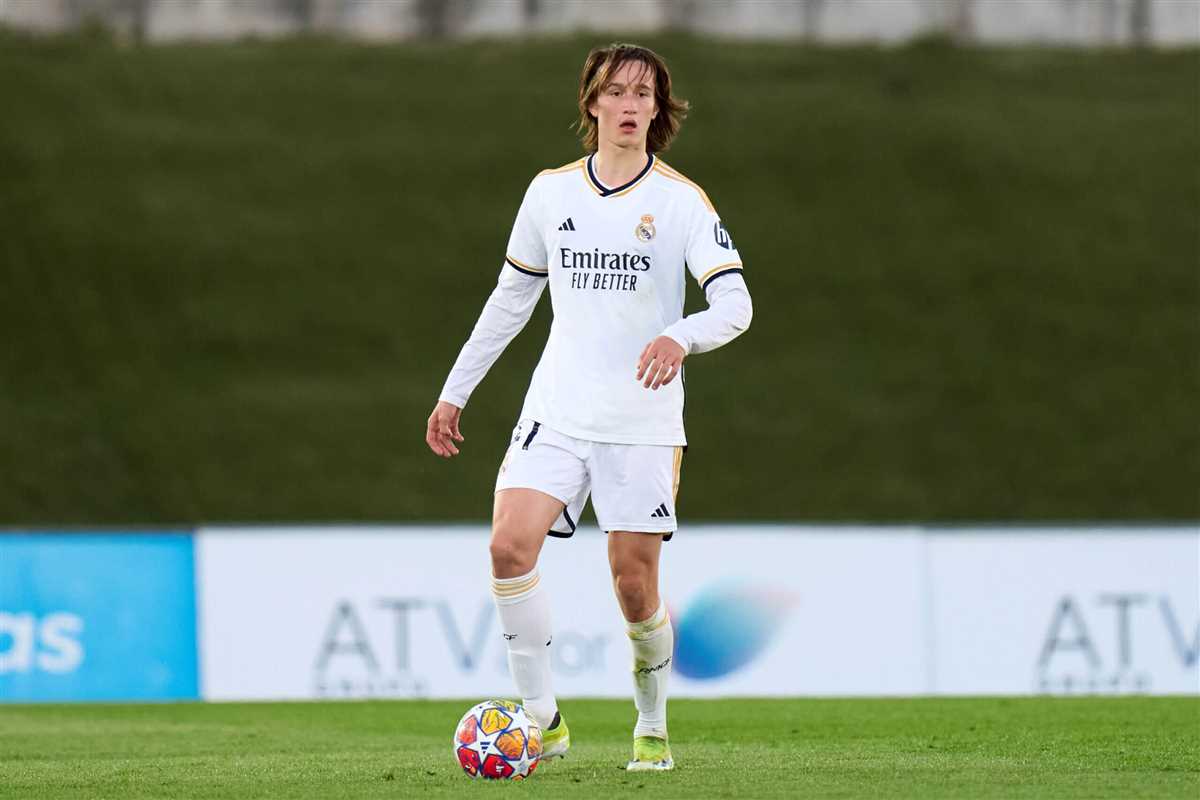Achieving excellence in the world of professional sports demands more than just natural talent. A comprehensive and disciplined training regimen plays a crucial role in honing the skills necessary for top performance. The focus often lies in a meticulously designed exercise plan, tailored to enhance strength, agility, and overall athletic ability.
The key to mastering the game lies in a balanced approach that combines physical conditioning with strategic drills. Such a regimen is crafted to push the limits, ensuring athletes are in peak form. Through rigorous and varied exercises, athletes build the stamina and finesse required to excel on the field.
In exploring the training methods of a prominent football figure, one uncovers a blend of traditional techniques and innovative practices. These tailored workouts not only prepare the body for the physical demands of the sport but also fine-tune skills essential for success.
Training Philosophy

At the core of an elite athlete’s approach lies a deep understanding of what drives performance. The focus is on developing a balanced regimen that enhances both physical and mental aspects. This philosophy emphasizes a blend of rigorous exercise and strategic rest, tailored to individual strengths and weaknesses.
Principles of this approach include a commitment to consistent effort and continuous improvement. The training is designed not only to boost physical capabilities but also to foster resilience and tactical acumen. Variety in exercises ensures comprehensive development and prevents stagnation.
Daily Drills for Peak Performance

Effective training involves a series of daily exercises designed to enhance overall capabilities and readiness. Consistent practice helps build strength, agility, and endurance, crucial for achieving top-level performance in sports.
- Warm-up Exercises: Begin with light cardio and dynamic stretching to prepare the body for more intense activities.
- Skill Development: Focus on drills that improve technique and precision, such as dribbling or passing exercises.
- Strength Training: Incorporate resistance exercises to build muscle and enhance power, including squats and lunges.
- Agility Drills: Perform exercises that improve speed and coordination, such as cone drills and ladder exercises.
- Cool-down and Recovery: Finish with stretching and relaxation techniques to aid in muscle recovery and prevent injury.
Adhering to a structured daily plan ensures gradual improvement and peak performance in competitive scenarios.
Essential Strength and Conditioning Exercises
Building a strong foundation is crucial for athletes aiming to enhance their performance and prevent injuries. A well-rounded fitness regimen focuses on developing strength, agility, and endurance through targeted exercises. These key movements not only bolster physical capability but also support overall athletic development.
- Squats: Vital for strengthening the lower body, including the quadriceps, hamstrings, and glutes. Squats help improve explosive power and stability.
- Deadlifts: Essential for building back strength and core stability. This exercise enhances overall body strength and posture.
- Lunges: Great for improving leg strength and balance. Lunges also aid in enhancing flexibility and coordination.
- Bench Press: Targets the upper body, focusing on the chest, shoulders, and triceps. This exercise helps in increasing upper body strength and pushing power.
- Planks: Effective for core strength and stability. Planks help in building endurance and improving posture.
- Burpees: A full-body exercise that combines strength and cardio. Burpees enhance cardiovascular fitness and muscular endurance.
Incorporating these exercises into a training program helps in achieving a balanced and robust fitness level, which is essential for optimal performance in sports.
Recovery Techniques and Rest Protocols
Effective recovery is crucial for optimal performance and injury prevention. Proper rest and recovery techniques ensure that athletes can return to their peak condition quickly and safely. Implementing a balanced approach to recovery not only aids in physical repair but also enhances overall well-being.
Rest periods are essential for muscle repair and growth. Incorporating both active recovery days, where light activities are performed, and complete rest days, where no physical exertion occurs, helps maintain performance levels and prevent overtraining.
In addition, hydration and nutrition play significant roles in recovery. Adequate fluid intake supports muscle function and reduces the risk of cramping, while a balanced diet provides necessary nutrients for muscle repair and energy replenishment.
Techniques such as foam rolling and stretching can further facilitate muscle recovery by improving blood flow and reducing soreness. Integrating these practices into a regular routine helps maintain flexibility and overall muscle health.




